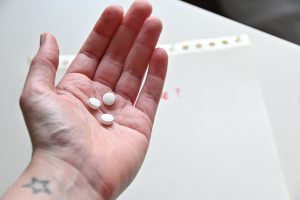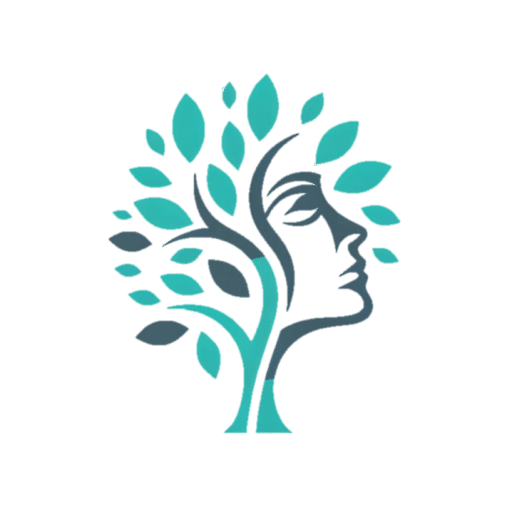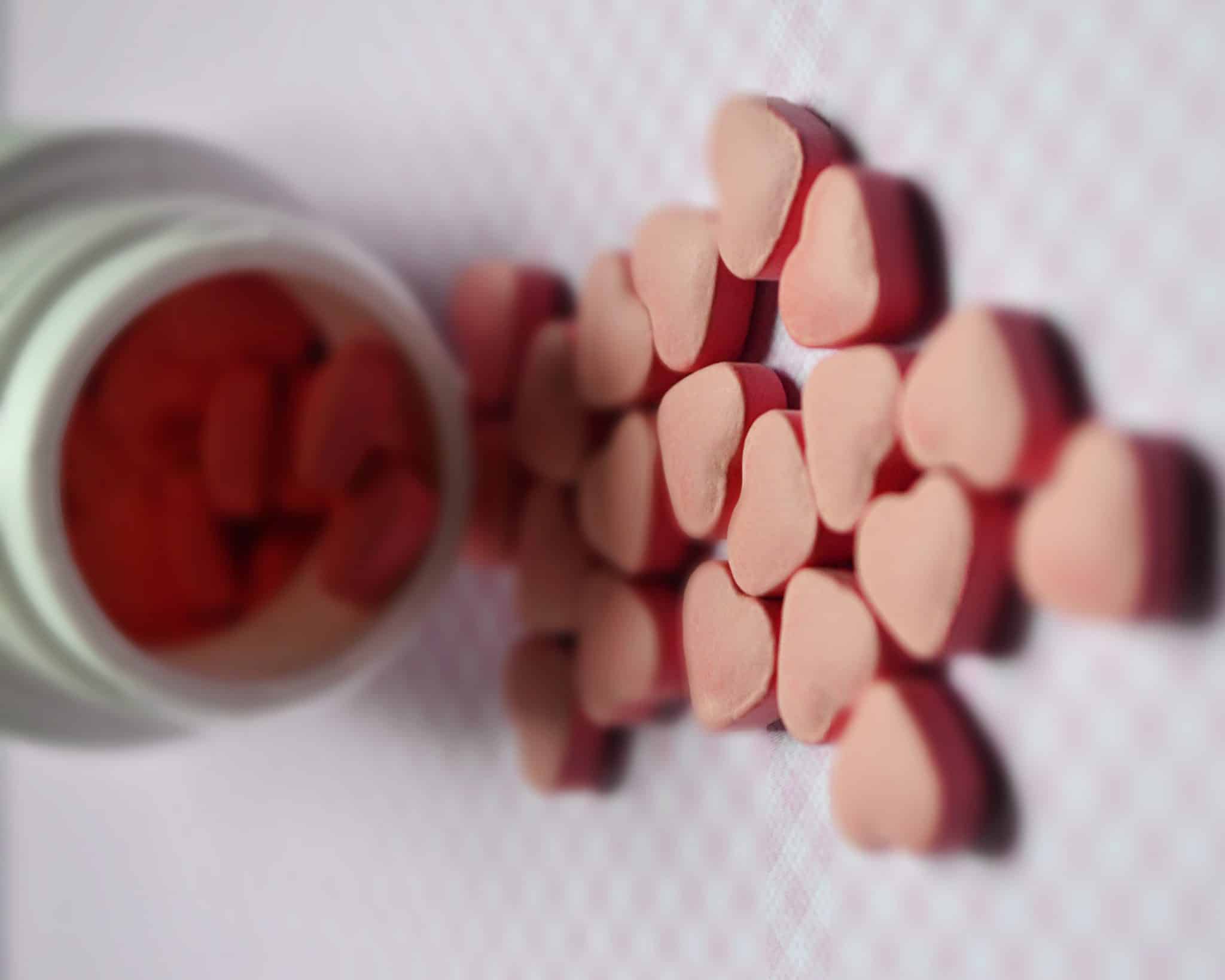What is on this page
What is Opioid Addiction?
Opioid addiction is a serious problem that can take over a person’s life. It’s when someone is hooked on drugs like heroin or prescription pain pills, and they can’t stop taking them even though they know it’s causing problems. They may feel like they need the drugs just to get through the day and they might do whatever it takes to get more. It can ruin relationships, jobs, and overall health. It’s not easy to overcome, but it can be done with the right help. It may take a few tries, but it’s worth it to get clean and be in control of your life again.
Medication Assisted Treatment
Medication-assisted treatment (MAT) is a proven way to help people struggling with opioid addiction recover. It combines medications with therapy and support to make it easier for people to focus on their mental and social recovery.
There are three main medications used in MAT: methadone, buprenorphine, and naltrexone. Each works in a different way to help reduce cravings and withdrawal symptoms. Methadone is a long-acting opioid agonist that activates the brain’s opioid receptors. Buprenorphine is a partial opioid agonist that activates the brain’s opioid receptors, but to a lesser extent than methadone. Naltrexone is an opioid antagonist that blocks the effects of opioids on the brain’s opioid receptors.
There are also combination medications available, like Suboxone and Zubsolv, which combine two of the above medications. These can be effective, but they do have potential side effects and risks. It’s important to discuss these with a healthcare provider and follow their prescribed dosing regimen.
MAT is most effective when it’s part of a comprehensive treatment plan that includes therapy and support. This can be found in a treatment centre or recovery community, where people can access services like individual and group counselling, medication management, and social support. These services help people address the mental and social aspects of recovery in addition to managing their physical symptoms.
After completing treatment, recovery communities offer ongoing support and resources to help people maintain their recovery. These communities can include peer-led support groups, recovery coaches, and other resources to help people stay on track in their recovery journey.

MAT isn’t a standalone solution for opioid addiction, but it can be a crucial part of the recovery process. It’s important for people to work with their healthcare provider to develop a personalized treatment plan that meets their unique needs and goals. With continued support and access to effective treatment options, people with opioid addiction can achieve lasting recovery and build fulfilling lives in recovery.
Methadone: A Long-Acting Opioid Agonist
Methadone is a long-acting opioid agonist that works by activating the brain’s opioid receptors. It is commonly used in MAT for individuals with opioid addiction because it helps to reduce cravings and withdrawal symptoms.
Methadone is typically administered in a liquid form, either in a clinic setting or through a take-home program. It is important for individuals taking methadone to follow their prescribed dosing regimen and to not mix it with other substances, as this can be dangerous.
Methadone has been shown to be highly effective in the treatment of opioid addiction. A review of several studies found that individuals who received methadone maintenance treatment were more likely to remain in treatment, had lower rates of drug use, and had improved social functioning compared to those who did not receive this treatment.
However, methadone does have potential side effects, including drowsiness, dizziness, and constipation. It is also potentially addictive, so it is important for individuals to follow their prescribed dosing regimen and to not take more than directed.
Buprenorphine: A Partial Opioid Agonist
Buprenorphine is a partial opioid agonist that works by activating the brain’s opioid receptors, but to a lesser extent than full agonists like methadone. It is available in both a tablet and film form and is typically taken once daily.
Buprenorphine has been shown to be effective in the treatment of opioid addiction. A review of several studies found that individuals who received buprenorphine maintenance treatment had reduced opioid use, improved retention in treatment, and improved social functioning compared to those who did not receive this treatment.
Like methadone, buprenorphine can have potential side effects, including dizziness, constipation, and nausea. It can also be addictive, so it is important for individuals to follow their prescribed dosing regimen and to not take more than directed.
Naltrexone: An Opioid Antagonist
Naltrexone is an opioid antagonist that works by blocking the effects of opioids on the brain’s opioid receptors. It is available in both an oral tablet form and an injectable form known as Vivitrol.
Naltrexone has been shown to be effective in the treatment of opioid addiction, particularly when used in combination with counseling and support services. A review of several studies found that individuals who received naltrexone maintenance treatment had reduced opioid use, improved retention in treatment, and improved social functioning compared to those who did not receive this treatment.
Like the other medications discussed, naltrexone can have potential side effects, including nausea, dizziness, and headache. It is important for individuals to discuss any potential side effects with their healthcare provider and to follow their prescribed dosing regimen.
Combination Medications for MAT
In addition to the individual medications discussed above, there are also combination medications available for MAT. These medications combine two or more of the medications discussed above in a single product, making it easier for individuals to adhere to their treatment plan.
One example of a combination medication is Suboxone, which combines buprenorphine and naloxone. Buprenorphine helps to reduce cravings and withdrawal symptoms, while naloxone helps to prevent abuse by blocking the effects of opioids if the medication is injected.
Another example is Zubsolv, which combines buprenorphine and naloxone in a tablet form that dissolves quickly under the tongue.
Combination medications can be effective in the treatment of opioid addiction, but they do have potential side effects and risks, such as those associated with the individual medications they contain. It is important for individuals to discuss these with their healthcare provider and to follow their prescribed dosing regimen.
Natural alternatives to assist opioid addiction recovery
There are several natural alternatives that may be helpful in aiding recovery from opioid addiction:
- Exercise: Regular physical activity can improve mood, reduce stress, and help with recovery from addiction.
- Nutrition: A healthy diet can support the recovery process and help to reduce cravings.
- Sleep: Adequate sleep is essential for good physical and mental health and can help to reduce cravings and improve recovery.
- Meditation: Practices such as mindfulness meditation can help to reduce stress and improve coping skills.
- Acupuncture: This traditional Chinese practice involves the insertion of thin needles into specific points on the body and may help with withdrawal symptoms and cravings.
- Herbal remedies: Some herbs, such as kratom and kava, have been used to treat opioid addiction and manage withdrawal symptoms. However, it’s important to note that the safety and effectiveness of these remedies have not been fully established, and more research is needed.
It’s important to note that natural alternatives should not be used as a replacement for proven medical treatments for opioid addiction, such as medication-assisted treatment and therapy. If you are seeking treatment for opioid addiction, it’s important to work with a qualified healthcare provider to determine the best course of treatment for you.
Support in a Recovery Supportive Environment
MAT is most effective when it is part of a comprehensive treatment plan that includes counselling and support services. A recovery supportive environment, such as a treatment centre or recovery community, can provide the structure and support individuals need to successfully recover from opioid addiction.
In a treatment centre, individuals can access a range of services, including individual and group counselling, medication management, and social support. These services can help individuals address the psychological and social aspects of recovery, in addition to managing their physical symptoms.

For individuals who have completed treatment and are looking for ongoing support, recovery communities can provide a network of support and resources to help maintain recovery. These communities can include peer-led support groups, recovery coaches, and other resources to help individuals stay on track in their recovery journey.
To conclude
MAT is a highly effective form of treatment for opioid addiction that can help individuals reduce cravings and withdrawal symptoms, improve retention in treatment, and improve social functioning. By combining medications with counselling and support services, individuals can build a strong foundation for recovery and learn the skills they need to maintain long-term recovery.
While MAT is not a standalone solution for opioid addiction, it can play a crucial role in the recovery process. It is important for individuals to work with their healthcare provider to develop an individualized treatment plan that meets their unique needs and goals.
The future of MAT looks bright, with ongoing research and development of new and innovative treatments. With continued support and access to effective treatment options, individuals with opioid addiction can achieve lasting recovery and build fulfilling lives in recovery.

